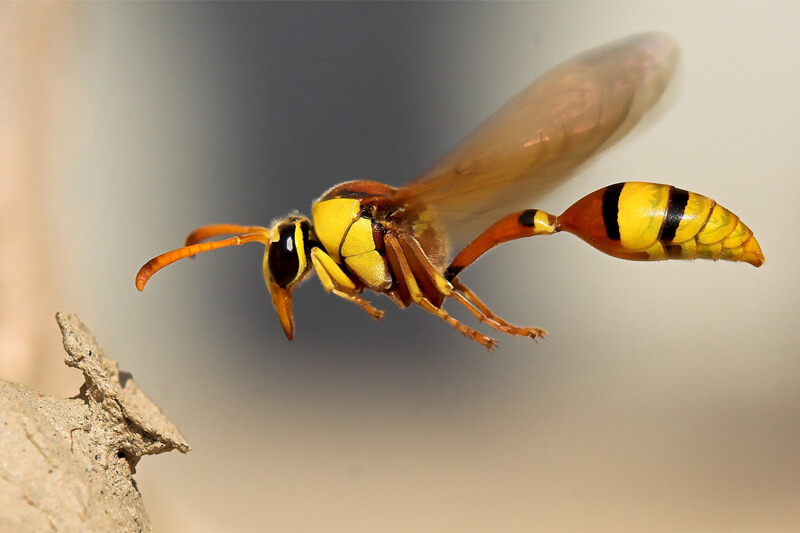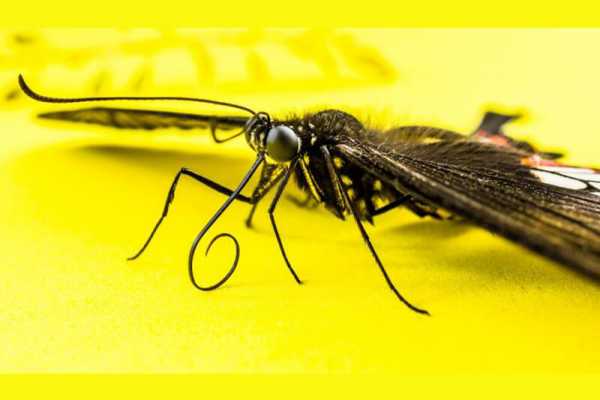
Scientists from Toronto have brought up the latest sensor inspired by hairy, flying insects which can be used to detect a wide range of dangerous airborne chemicals. These insect’s body is covered with tiny hairs, but the purpose of the hairs are unknown to everyone.Arindam Phani and Thomas Thundat, researchers from the University of Alberta in Canada, planned many experiments including a “forest” of tiny hairs on a thin vibrating crystal chip to find out the purpose of the hair on their body.Many people are afraid while using resonators as sensors as it cause many serious problems. It is also difficult to understand what you are looking for. Vakhtang Putkaradze from the University of Alberta said that ” We have taken that undesirable thing and made it useful,”. It is difficult to detect chemicals without using chemical receptor. It will be a challenge to everyone. Thundat said that people realised facts included in the frictional loss of a mechanical resonator in motion and are more pronounced at the nanoscale.
–

–
Putkaradze stated that the People could see small changes in the air surrounding the resonator, which makes the device one of the useful devices to detect a wide variety of chemicals.Phani said that motions of nano-hairs also could be used for sensing living organisms.Every minute change in the environment will make the change in the friction of the resonating body. It is good to produce a device of the similar size larger than a Rubik’s cube meant for plugging into a wall.
–

–
The group’s device is prepared mainly to sensing chemical vapours in air. The device is just like a smaller and cheaper spectrometer and can measure chemicals in the parts – per million range. The main feature of the device is its versatility and it is available for reasonable cost.This device is not only meant to detect any chemical and also can be used to detect a wide range of dangerous airborne chemicals. There is no need of attaching the molecules to anything for creating a mechanical response.